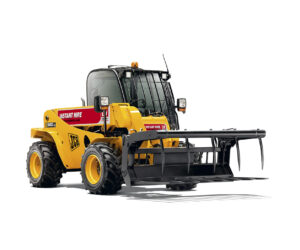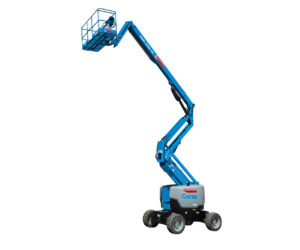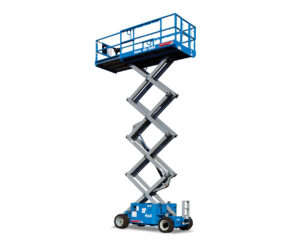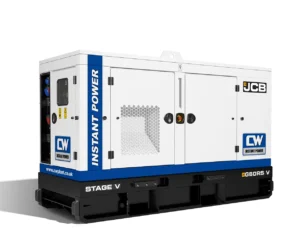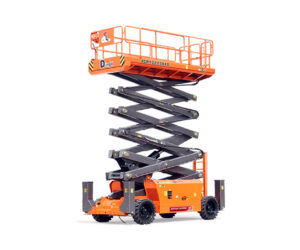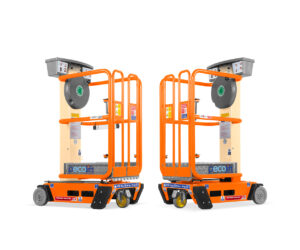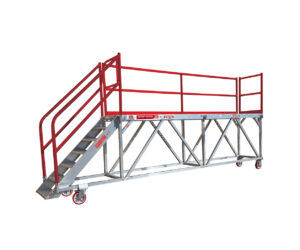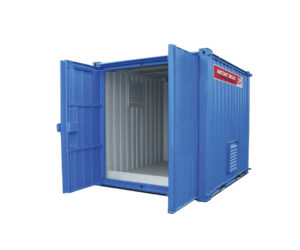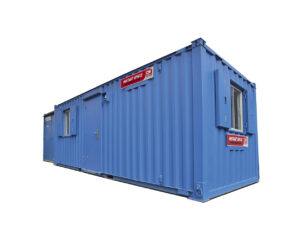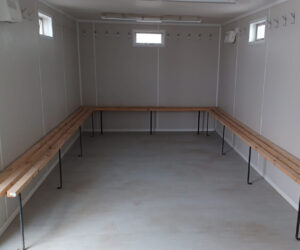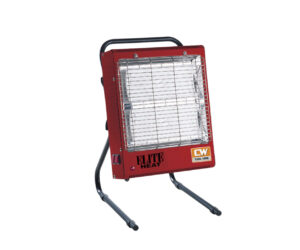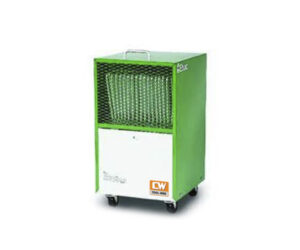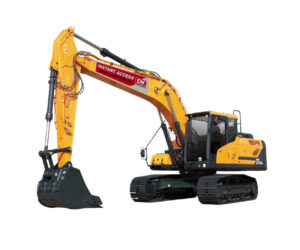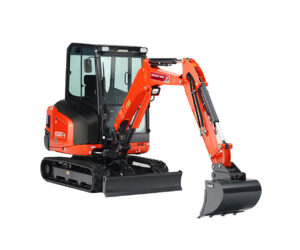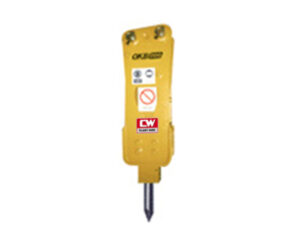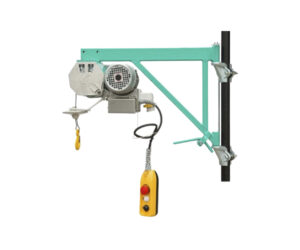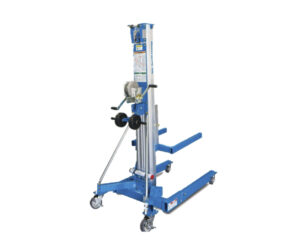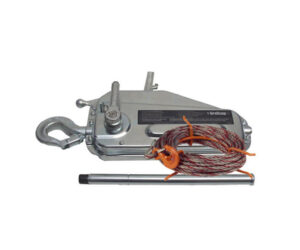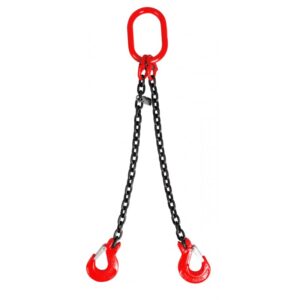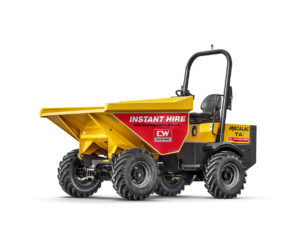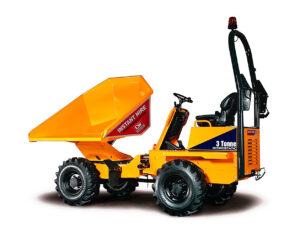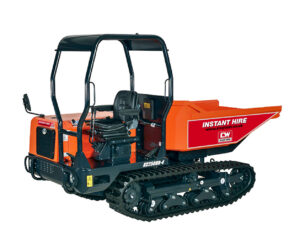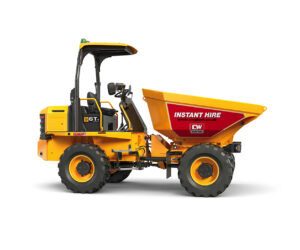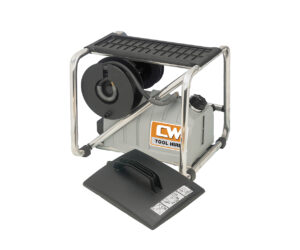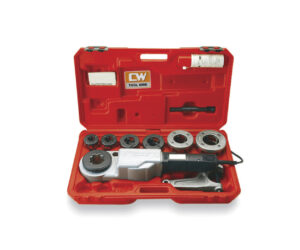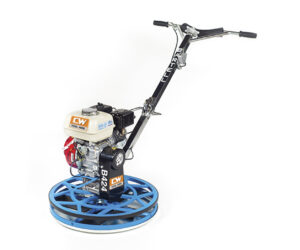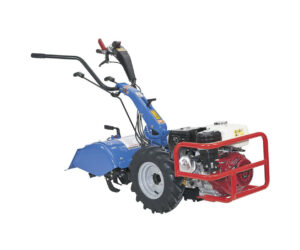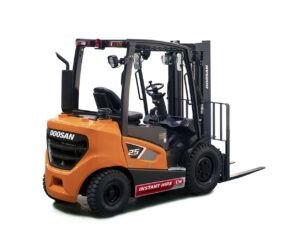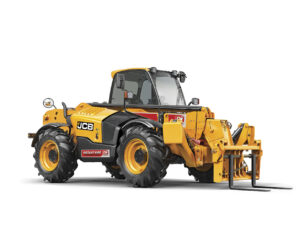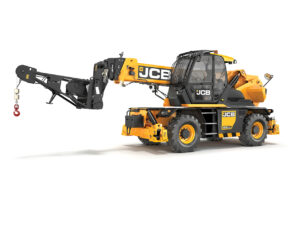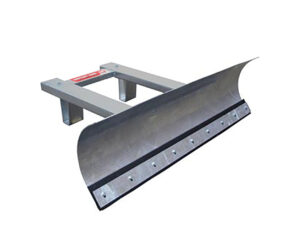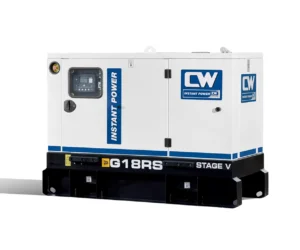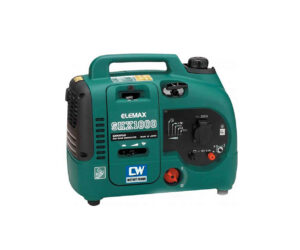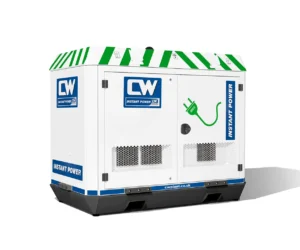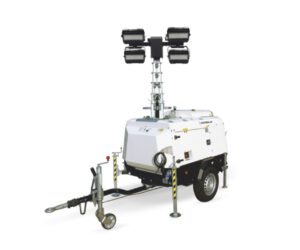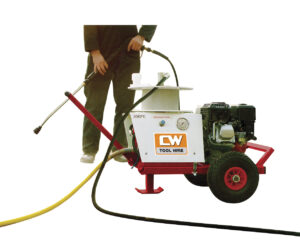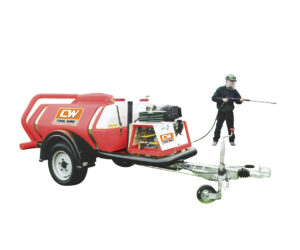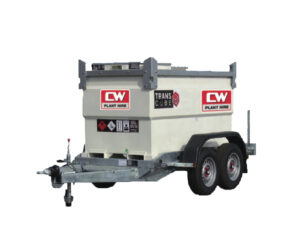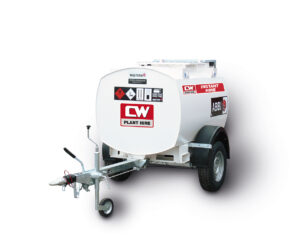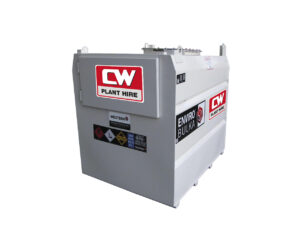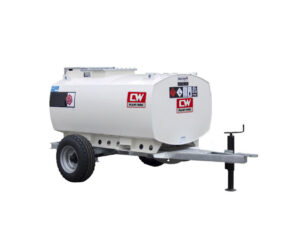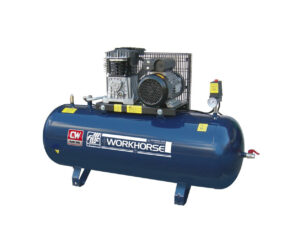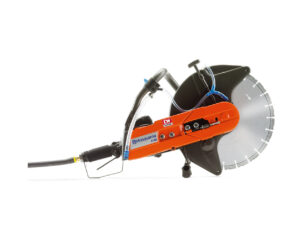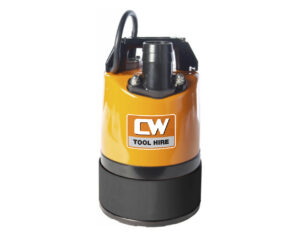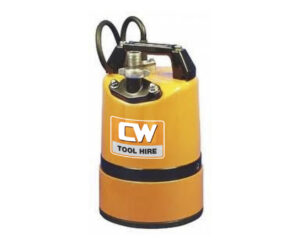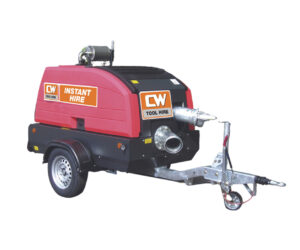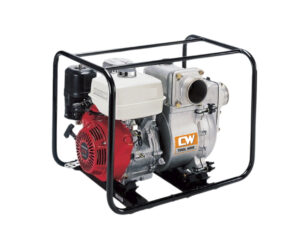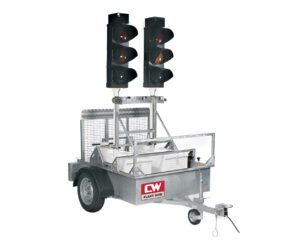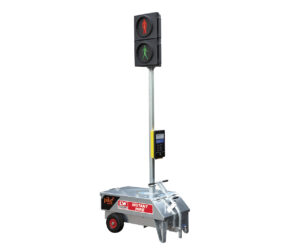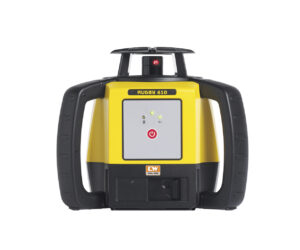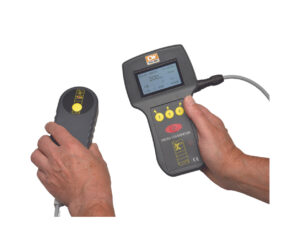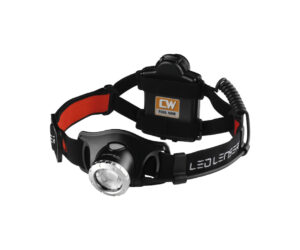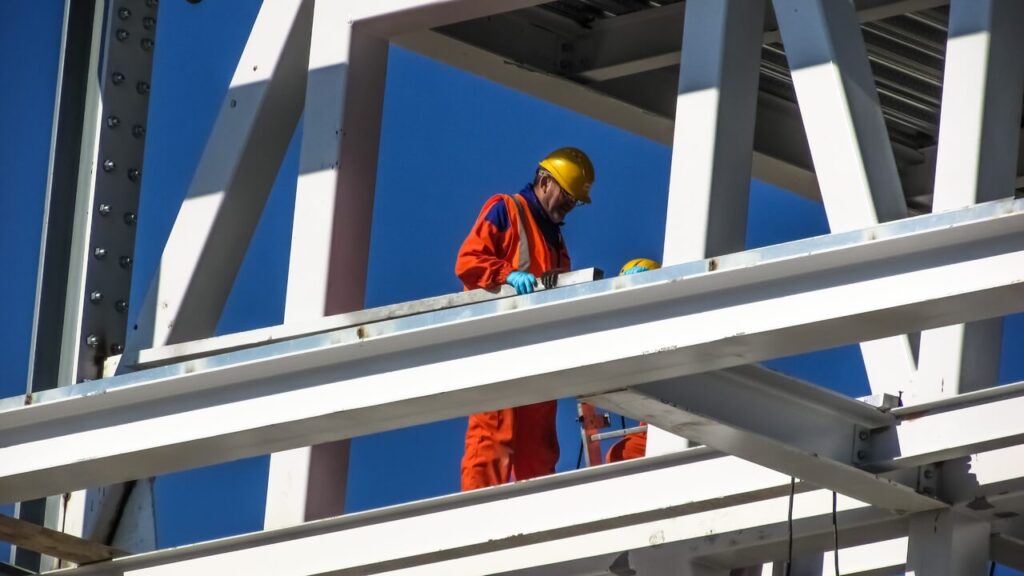The Evolution of Safety Equipment and Personal Protective Equipment
Over the past 100 years, technology has accelerated at a phenomenal rate, leaving us with products, gadgets, and materials that have become ingrained in our day to day lives. Whether you’re enamoured with the latest games console or mobile phone, or simply grateful for the advancements in medical technology, research and development has played a huge role in making us more efficient and productive. As well as making our lives more convenient and entertaining, however, technological developments have also opened up new possibilities in the realm of safety and protection. For centuries, safety equipment and personal protective equipment (PPE) has been refined and developed to leave us with safer working environments. By offering an insight into this evolutionary process, Charles Wilson Engineers Ltd assess whether the development of PPE has helped prevent more injuries in the workplace.
Equipment
As a result of working regulations and guidelines, workers are ordered to wear certain pieces of safety equipment and personal protective equipment, varying from industry to industry. Although technological advancements have resulted in the conception of more comprehensive pieces of safety equipment, like gas detection systems and digital radios, this article focuses on staple pieces of PPE, such as helmets, harnesses and safety goggles. These pieces of safety equipment transcend the barriers between multiple industries and sectors, and so have received the most attention in terms of development and improvement.
Helmets
Helmets have been at the centre of safety equipment for thousands of years and even date back to ancient times, when soldiers would don metal helmets to protect them during battle. In the world of construction, however, helmets have come a long way from their original design. In the 19th century, gold miners would use bowler hats made from hard felt and rounded brims as helmets, to protect them from falling debris. This is the first recorded mention of ‘hard-hats’ being used in the industry of construction. Since then, the material used for headgear has shifted from hard felt, and more towards thermoplastics. Steel was used for a brief period, but posed other threats to workers as these helmets were often heavy and conducted electricity. Thermoplastics are still used in today’s working environments, and most developments have focused on comfort and convenience, rather than protection.
In a time when there were no, or at least very few, regulations, procedures, or protocols in place to protect workers, the amount of injuries caused by falling objects must have been substantially higher than the figures of today. Considering that, even with numerous health and safety regulations in place in our working environments, over 53,000 workers were injured by falling objects, it is difficult to believe that helmets were not made mandatory until the 1970’s.
Safety Goggles
Unlike many other pieces of safety equipment and personal protective equipment, the issue surrounding safety goggles is not their effectiveness, but getting workers to wear them consistently. In recent years, the development and evolution behind safety goggles has revolved around their design and their aesthetic, to make workers more likely to wear them at all times. With recent figures suggesting that around 2,000 workers injure their eyes every single day, the importance of wearing eye protection cannot be disputed. Although guards and work screens can be used on certain pieces of machinery, safety goggles do not just reduce the chances of eye injuries, but prevent them all together.
Invented by native Alaskans to protect their eyes from snow blindness, safety goggles have been developed to protect workers from dust, glare, splashes and other injuries. As the most effective method of preventing eye injuries, it is important that workers are consistent with wearing their goggles, and that any project managers or supervisors encourage their team to wear eye protection at all times.
Safety Harnesses
Safety harnesses have an interesting history. Designed for tradespeople in the early 1900’s, original safety harnesses still subjected workers to great risk. If a worker was to fall from height whilst wearing a safety harness, they were still likely to incur injuries as a result of the sudden yanked stop from the harness. Because of this, in 1959, shock absorbing qualities were introduced to these harnesses, and these qualities went a long way in preventing injuries sustained from falling from heights.
The rate of injuries caused from falling from height has reduced significantly since, and with other features, such as snap hook connectors, full body harnesses, straps and D-rings, the number of these types of injuries has continued to fall.
Regulation
Although the technology behind safety equipment has evolved, these advancements have also been bolstered by the introduction of certain regulations and guidelines. As previously mentioned, helmets were only made mandatory in 1974; but since then, legislation has been introduced to ensure the safety and health of workers in a variety of industries.
Health and Safety at Work etc Act 1974
As the first piece of legislation that aimed to protect workers, this act placed a duty on employers to “ensure, so far as is reasonably practicable, the health, safety and welfare at work” of all their employees. Amendments to this act have included ensuring employers provide adequate training of staff, maintenance of safe access, and provide training for safe use, handling and storage of dangerous substances
Workplace (Health, Safety and Welfare) Regulations 1992
The next act that was introduced to support the Health and Safety at Work etc Act 1974 was the Workplace (Health, Safety and Welfare) Regulations Act, almost 20 years later. This act revolves less around the workers themselves, but more their conditions and working environment. Unlike the Health and Safety at Work etc Act 1974, this act refers to all types of jobs, and ensures workers in an industry are catered for and comfortable.
The Health and Safety Executive (HSE)
Although there have been a number of new acts and amendments created to ensure the health and safety of workers in a variety of industries, The Health and Safety Executive (HSE) is the UK government body responsible for enforcing all aspects of health and safety legislation. The duty of The HSE is to conduct research into the effectiveness of regulations and other health and safety issues, and consult with employers and employees’ representatives, and advise legislators and government on issues surrounding health and safety.
Statistics
With regulations and governing bodies providing a perfect platform for advancements into the technology of safety equipment and personal protective equipment, it is time to ask the question of whether these developments have helped ensure the safety of workers in various industries.
The answer is abundantly clear. Recent statistics from The Health and Safety Executive (HSE) outline that the rate of self-reported workplace non-fatal injuries has decreased by about 50 percent since 2000/01. As well as this, the rate of employer-reported non-fatal injuries has fallen by 58 percent. With fatal injuries, there has also been an 85 percent reduction to employers since 1975, the year after the first legislation for workplace health and safety was introduced.
The statistics above make it clear to see that the advancement in safety equipment and personal protective equipment, combined with clear, governmental guidelines for worker safety, ensure that workers are more protected at work than they ever have been, and with new technologies being introduced into these sectors, the number of fatal and non-fatal injuries to workers will continue to fall year on year.
Contact Charles Wilson Engineers Ltd
At Charles Wilson Engineers Ltd, we stock a variety of safety equipment and personal protective equipment to ensure your health and safety at work. Browse our collection of PPE online, or contact us directly to find out more about all of our products and services. Call us on 01582 763 122 or leave us a message via our online contact form. To visit us in store, use our branch locator to find your nearest Charles Wilson Engineers Ltd depot.

